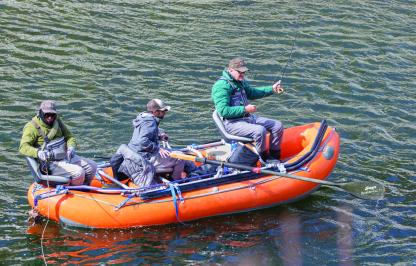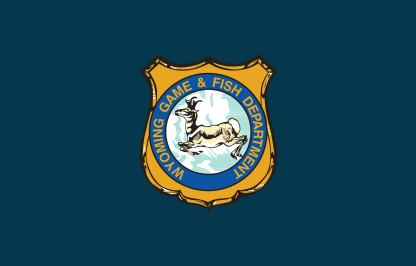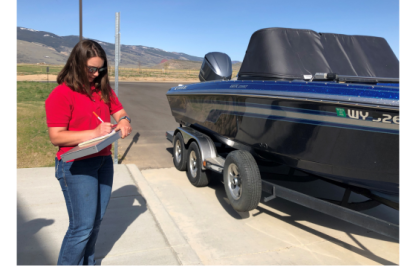The Wyoming Game and Fish Department cautions anglers to be aware of sizeable increases in water flows in the North Platte River for nine days beginning March 31 as part of a flushing flow project and will end April 8.
Game and Fish has requested the flushing flow to improve fish spawning habitats and increase the production of invertebrates that fish depend on for food. Flushing flows are typically requested to run in mid-March; however, due to scheduled Bureau of Reclamation (BOR) maintenance activities on Gray Reef Dam, the start date was pushed forward two weeks in 2022. The BOR will release additional water from Gray Reef Reservoir in the early morning hours beginning Thursday, March 31. Flows will increase from approximately 450 cubic feet per second (cfs) to 4,000 cfs and will gradually decrease back to 450 cfs each day, with the maximum flow occurring between 3-7 a.m. Flows from Gray Reef Dam will return to 450 cfs at 10 a.m. each day. The schedule will be repeated through April 8. The flows below Gray Reef Dam will then be stabilized at approximately 450 cfs following completion of the nine-day cycle. This schedule may be modified due to unforeseen circumstances regarding the maintenance activities.
“Data show these flows are critically important to trout spawning and the sustainability of wild trout populations in the river,” said Matt Hahn, Game and Fish fisheries supervisor for the Casper region. In the past, the trout populations would often fall to less than 400 trout per mile and could only be maintained through stocking several hundred thousand fingerling trout annually. Annual flushing flows began in 1995, and now the trout population averages over 3,500 per mile.”
The Game and Fish Department advises anglers and other recreationists to be aware of the potential dangers related to flushing flows. Because the flush will span the weekend, there is potential for more people to be wading or floating the river. Those using the river during the flushing flow should consider the fluctuating water levels and be aware that areas that can be waded effectively at 450 cfs are not safe at 4,000 cfs.
North Platte River flushing flow to run for nine days



